Where to Install
Textured walls
A textured wall is any wall that is not perfectly and totally smooth and without imperfections. Some textures are very easy to determine but others not, for example: a Sanded wall may look like a smooth wall but with a sand like finish with pointy tips, unfortunately that is the worst surface to install self adhesive wallpapers. Do not install wallpapers on any of the surfaces listed below:

Removable wallpapers and textured walls
Removable wallpapers are amazing! Because they are easy to place and reposition they are can be used by anyone without considering a professional. But the same thing that makes them so awesome also makes them extremely sensitive to texture on the walls.
Removable adhesive has a good structural resistance but a low grade of adhesion, “low-tack” as it is commonly referred. While this feature allows you to remove it with no structural damage and replace them freely, it also needs a full contact surface to stay put. Also consider each panel of wallpaper can weigh up to 2 pounds, for a low-tack adhesive trying to hold two pounds vertically without a good attachment will fall.
Case study with a removable wallpaper:
It was super cute and then…. it is not….

An idea of how little texture is necessary to ruin 8 hours of work and hundreds of dollars in supplies.

The wall looks like smooth from a distance but when you zoom there is soft orange peel texture.
What Installers do:
When a Professional Wallpaper Installer finds a textured wall works on smoothen the surface with Joint Compound prior wallpapering. This process gives an idea of how important is to have a smooth surface when working with removable wallpapers.
What we (Peel & Stick pros.) do:
We have an amazing product with the right amount of everything to hold on some degree of surface. Our Permanent Peel and Stick has a strong adhesive that allow to hold better in a smaller contact area, as it is flexible enough to adapt to the surface and achieve an even better grip.
This does not means it will hold over everything, Sanded Walls are still out of consideration. We cannot assure it will work 100% of times and due trials need to be made with Samples first, but is the one we recommend for slightly textured walls to avoid extra steps with the Joint Compound.
Paint
Recently painted walls should be let dry for 4 weeks prior installation. After a couple days of painting the surface may look like dry but the paint stays reacting and emitting low grade fumes imperceptible otherwise. If you install a wallpaper those fumes have nowhere to escape and will create bubbles and even may lift whole sections of wallpaper days or weeks after the installation. Exposition to those fumes can also ruin permanently the adhesive from peel and stick materials.
Your walls need to be painted for a successful install, at least primed and if possible painted with eggshell to gloss finish.
The type of paint is also important, in general Peel and Stick wallpapers will never hold well over Stain Blocking paints, since these paints are specifically formulated to repel anything attached to them like children's markers as well as peel and stick wallpapers.
We recommend using paint finishes like eggshell, sateen or gloss. Mate and flat finishes are more rough in finish so peel and stick material tend to hold on them with much more strength that sateen or glossy finishes. These paints also trend to lift form the wall when the wallpaper is removed.
You can install a removable wallpaper over a mate wall and it won't be the end of the world, but please consider the quality and nature of the paint underneath can have an important impact in the removal process.
Never put a wallpaper over flaked paint since it will be wasting money: the paint gets attached to the wallpaper glue, the wall gets ruined and the adhesive too!
Humidity Exposure
Removable materials as well as fiber based materials are very sensitive to constant room humidity changes.
Fiber based materials as our Traditional Pre-pasted need a sealer after the installation is completed in order to stay on the wall when there is humidity.
Removable wallpapers are very sensitive to humidity too, changes in the room can affect the performance of the wallpaper. For example if you live in a house with constant air conditioning, you go on vacation and turn it off completely in the middle of the summer, it is very possible your Removable wallpaper will have some corners lifted when you come back.
We offer a high tack peel and stick: our Permanent Peel and Stick has a stronger glue and that allows it to stay put in an environment with humidity fluctuations.
Never install a wallpaper on a wall with humidity spots.




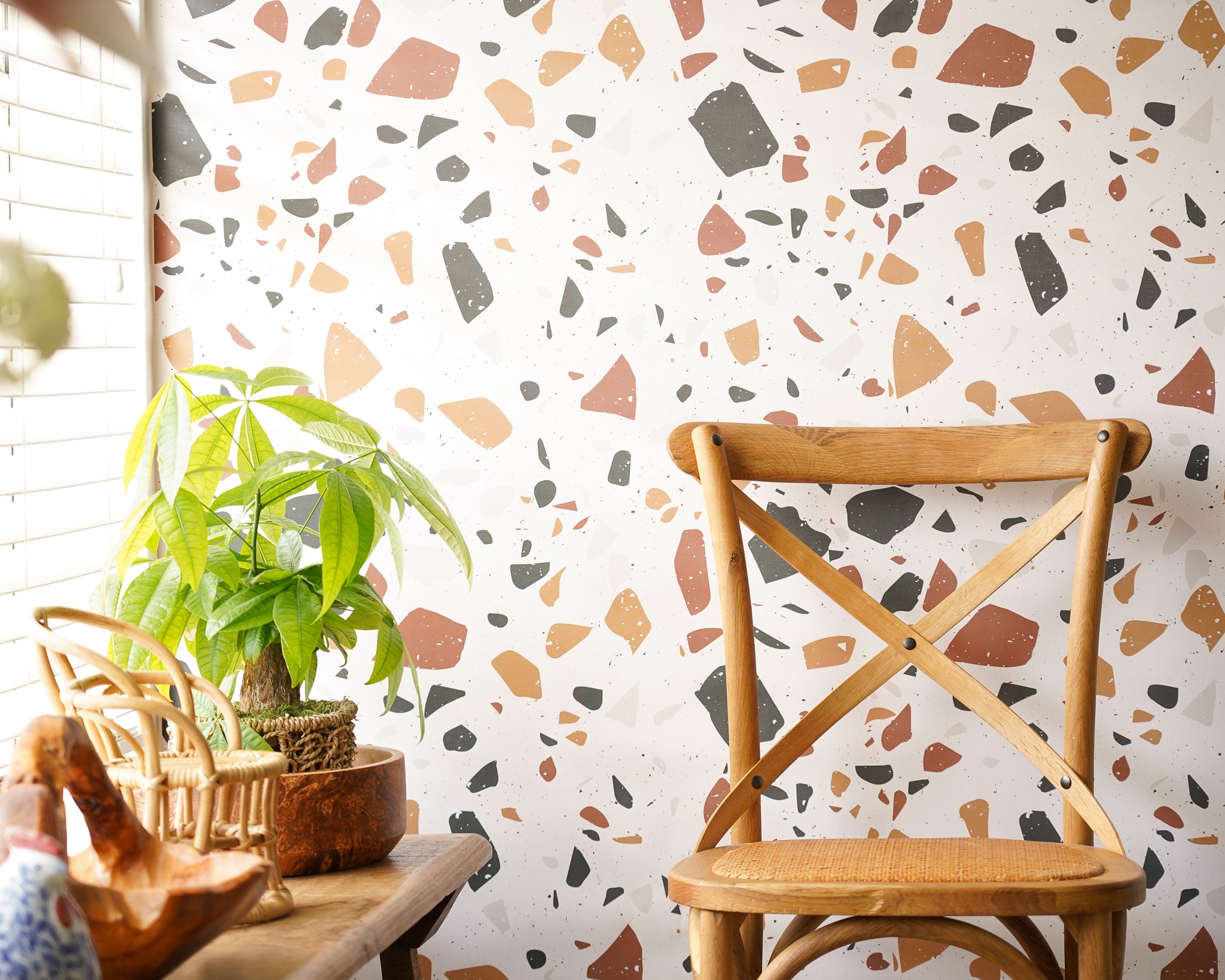
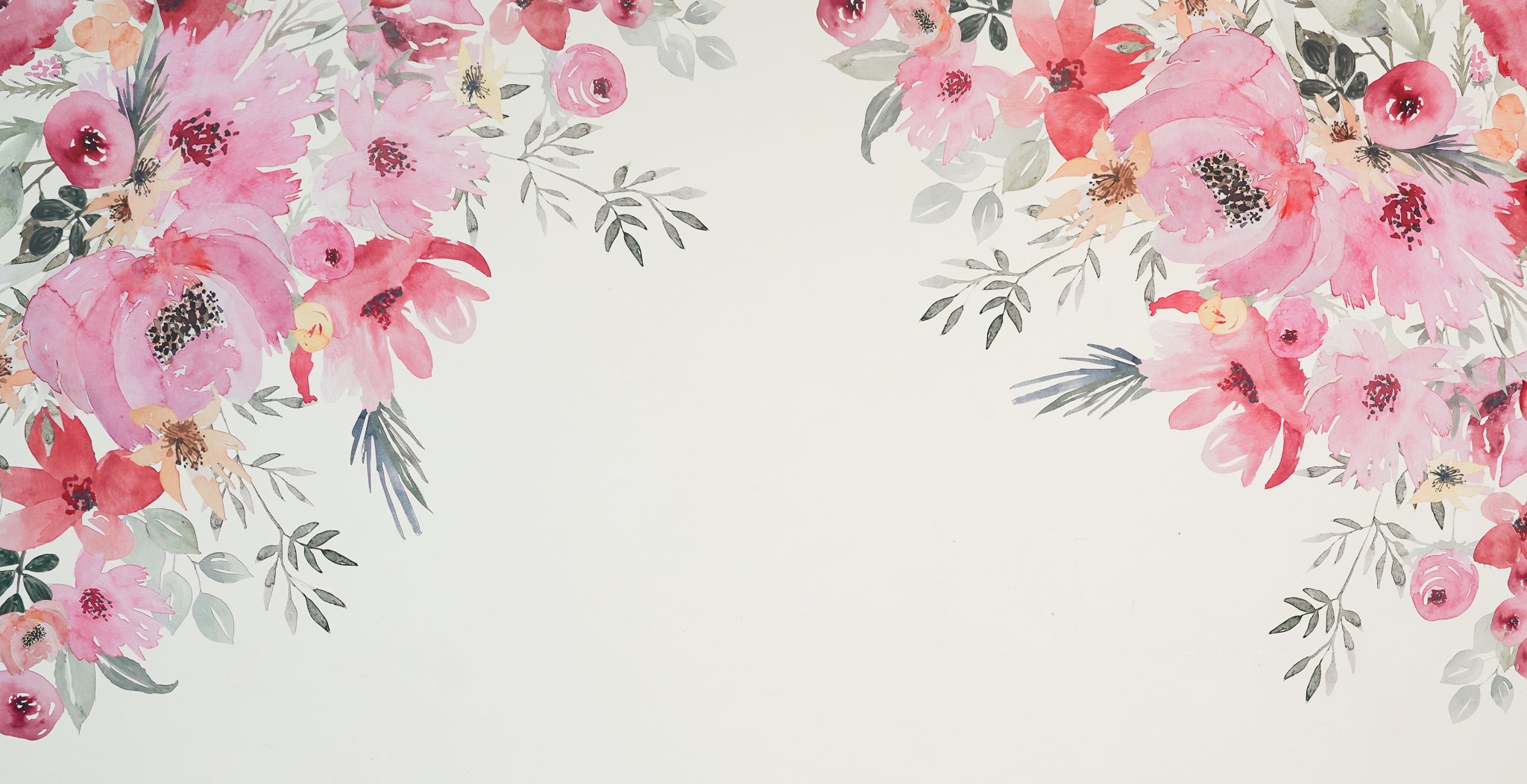
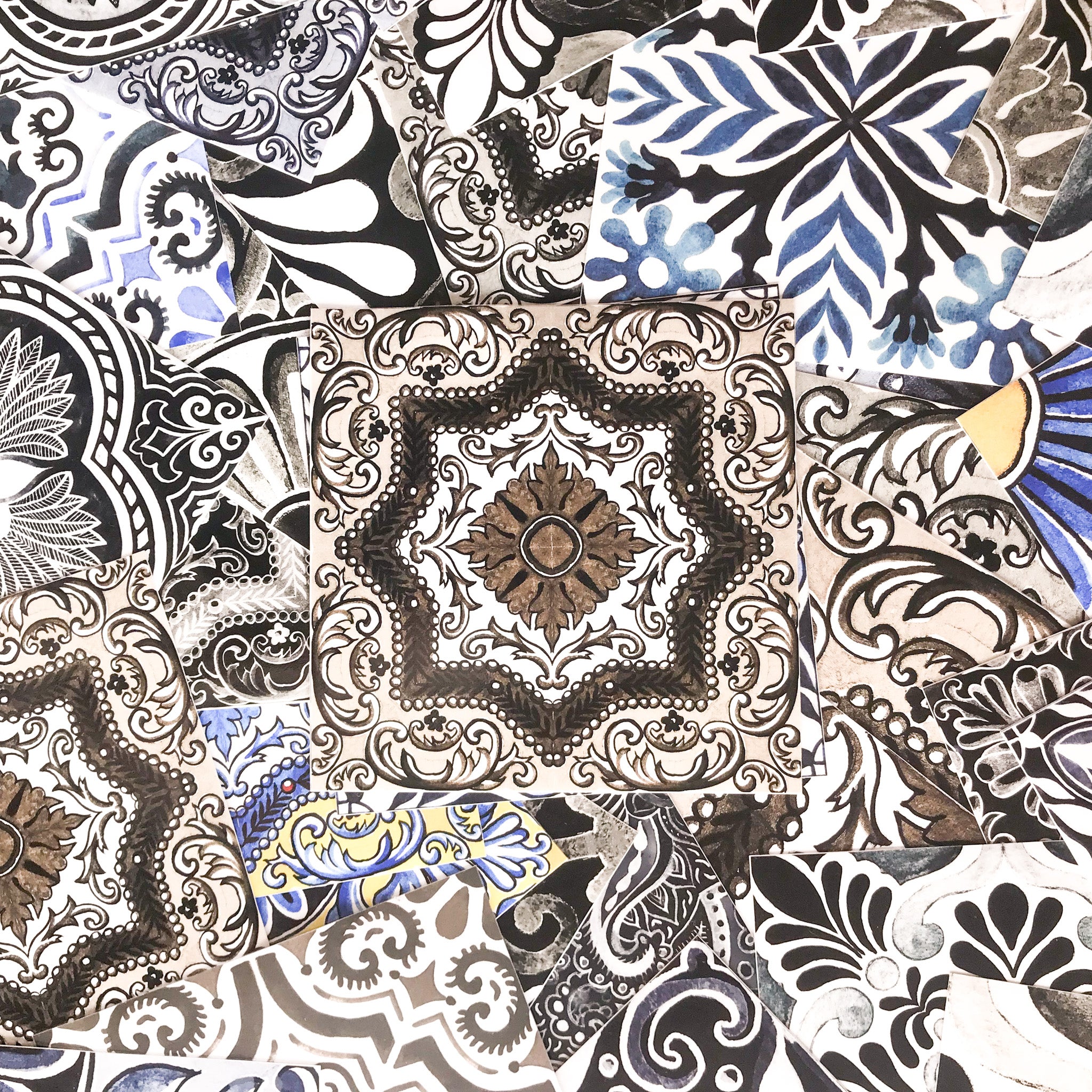
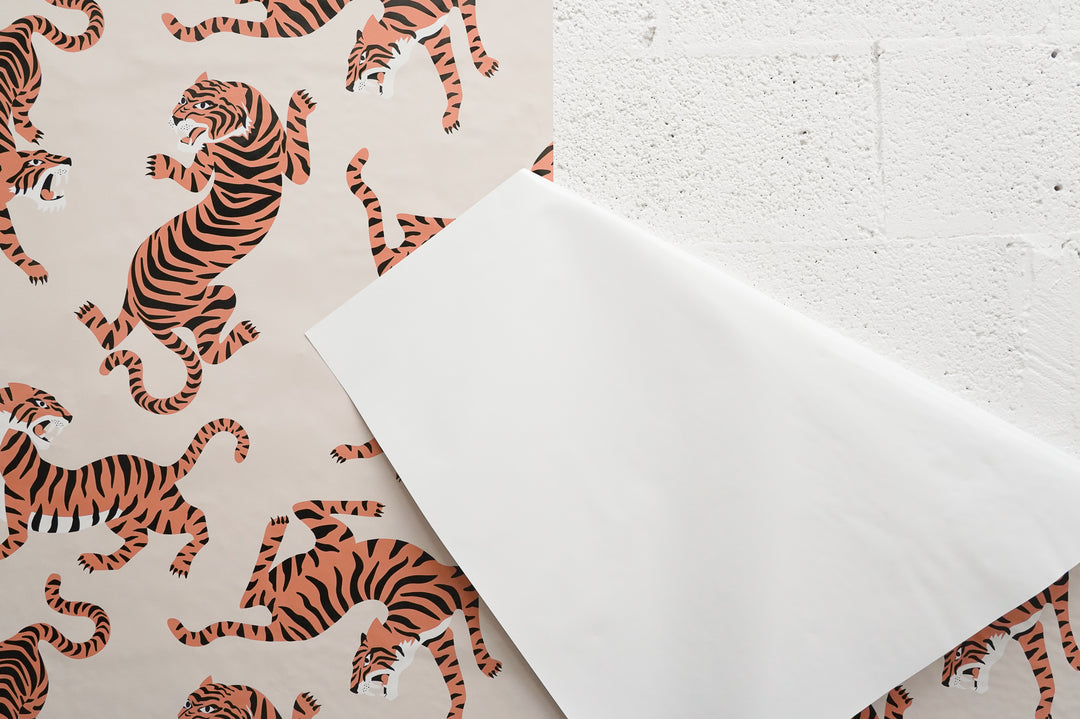

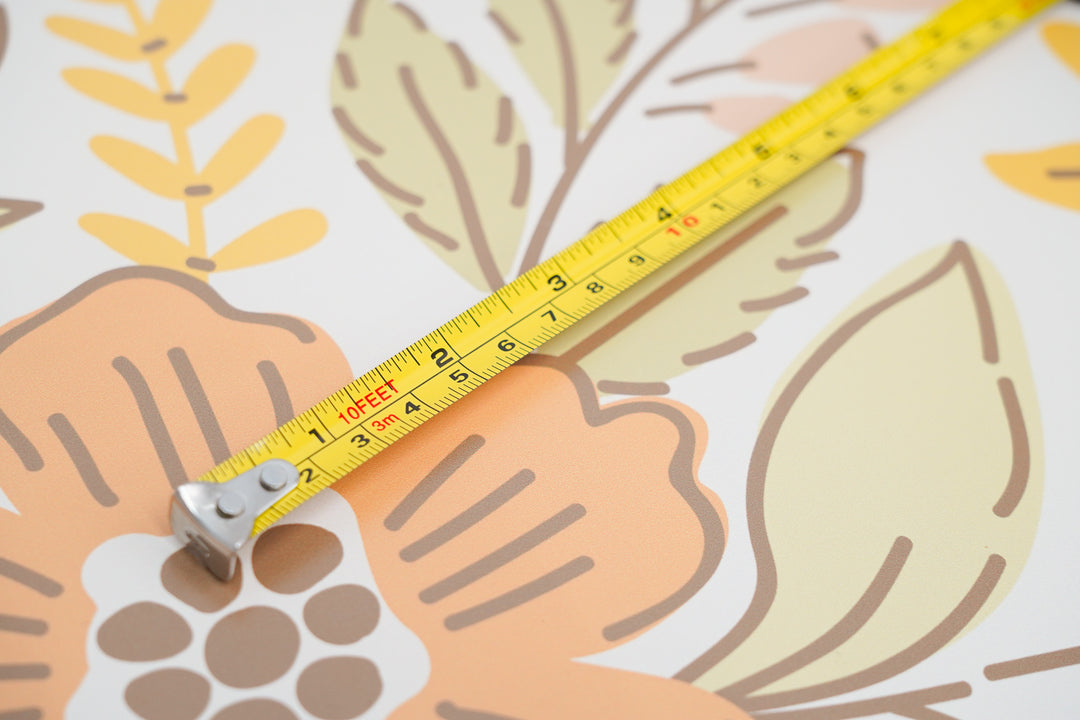
Leave a comment